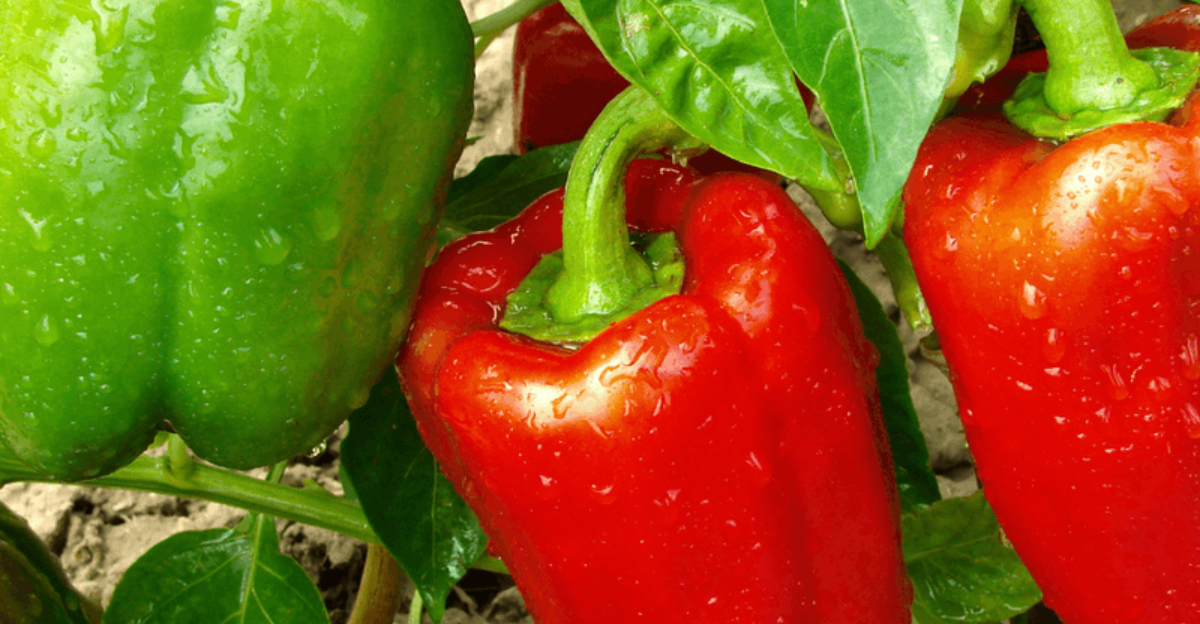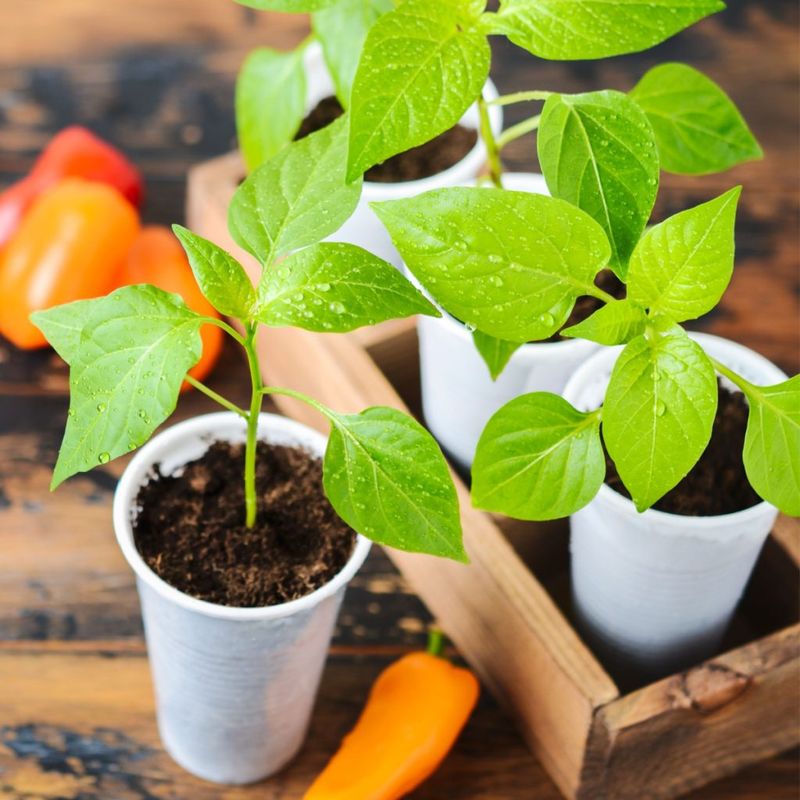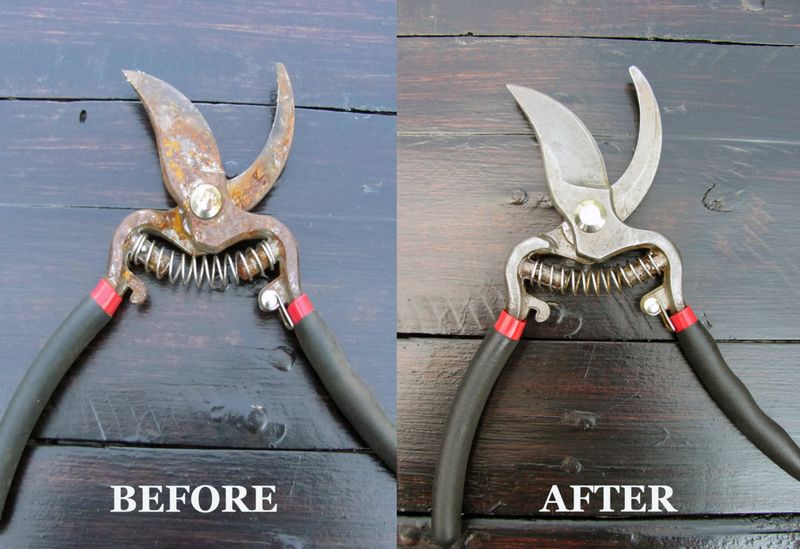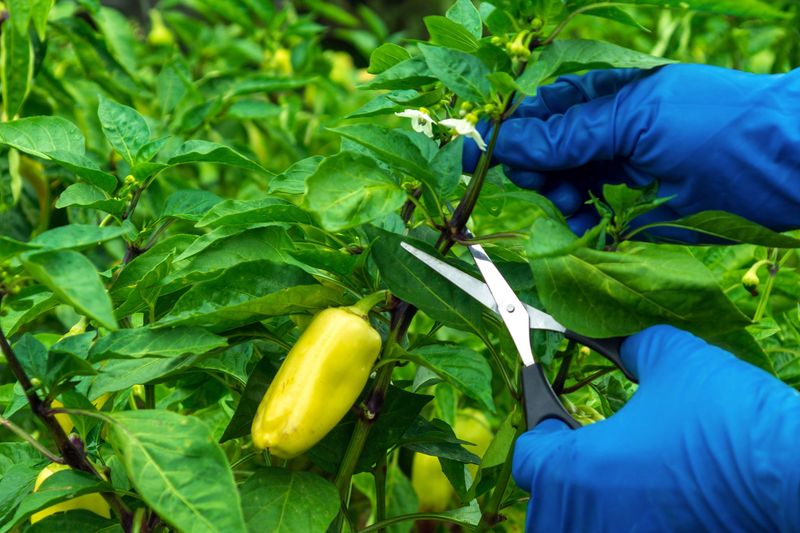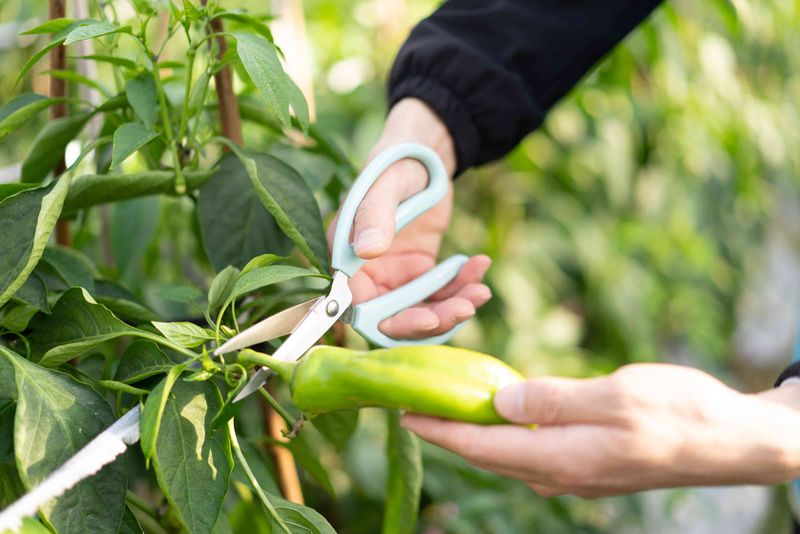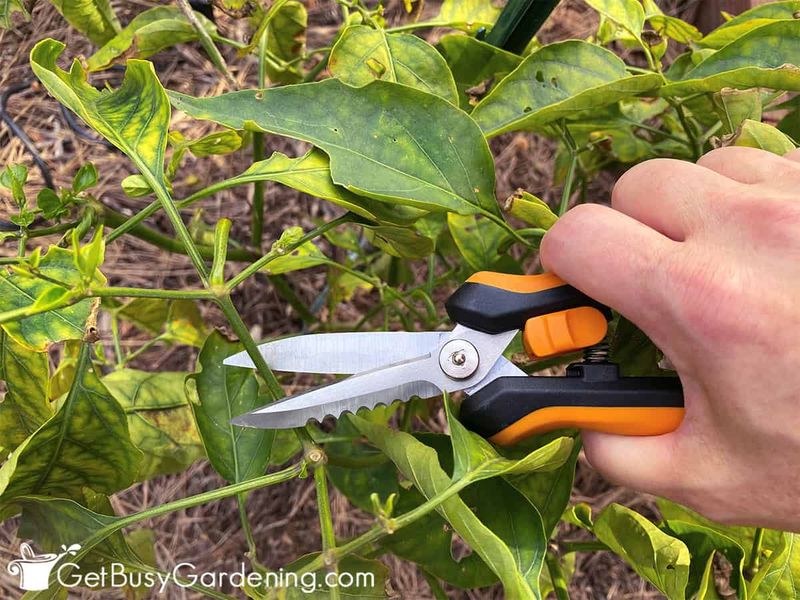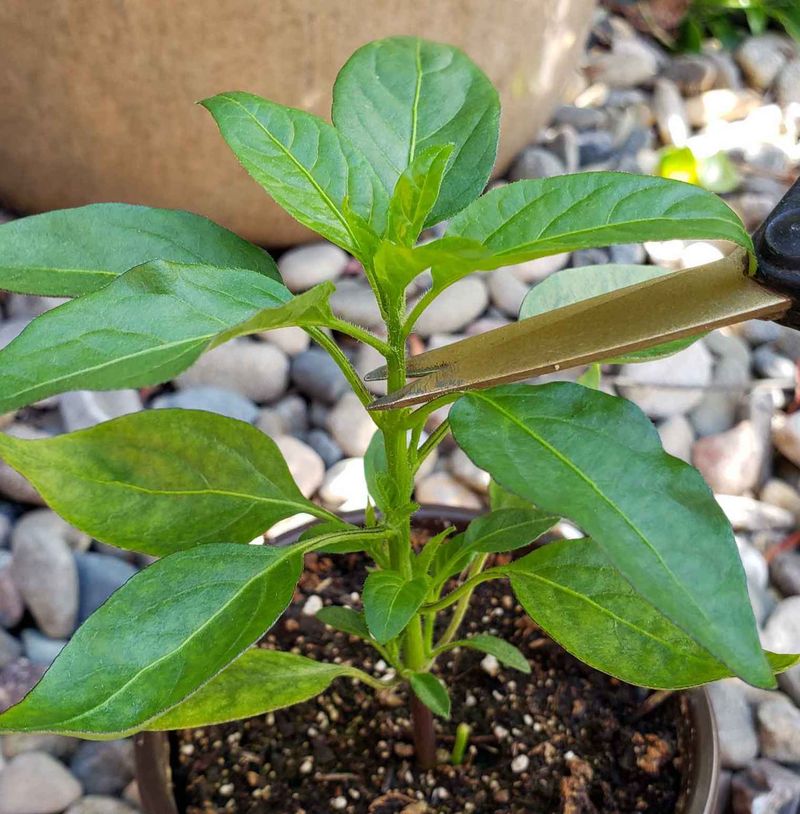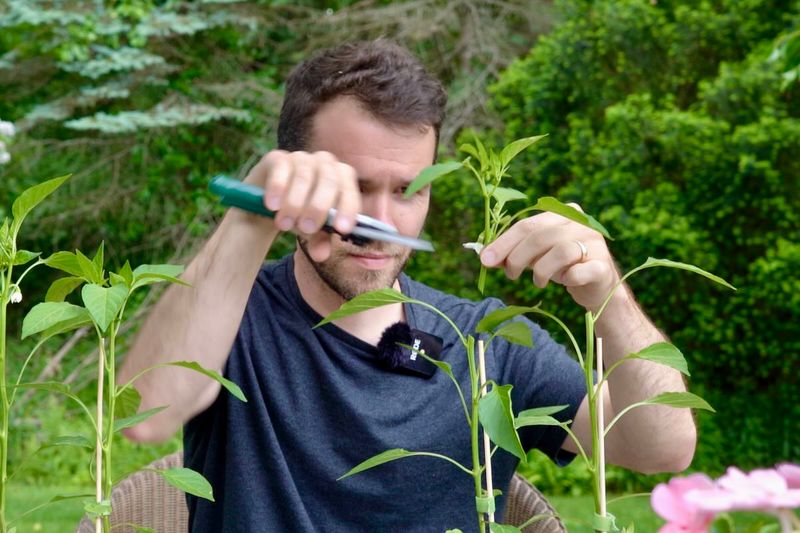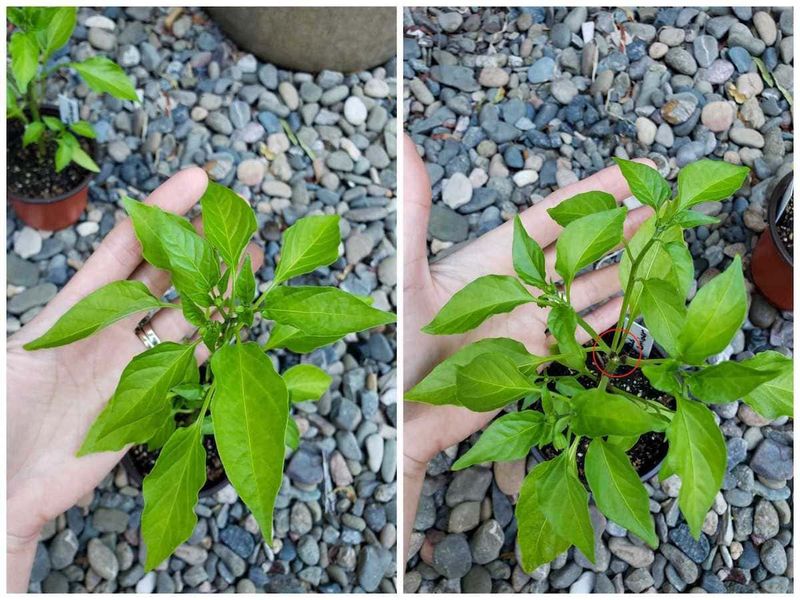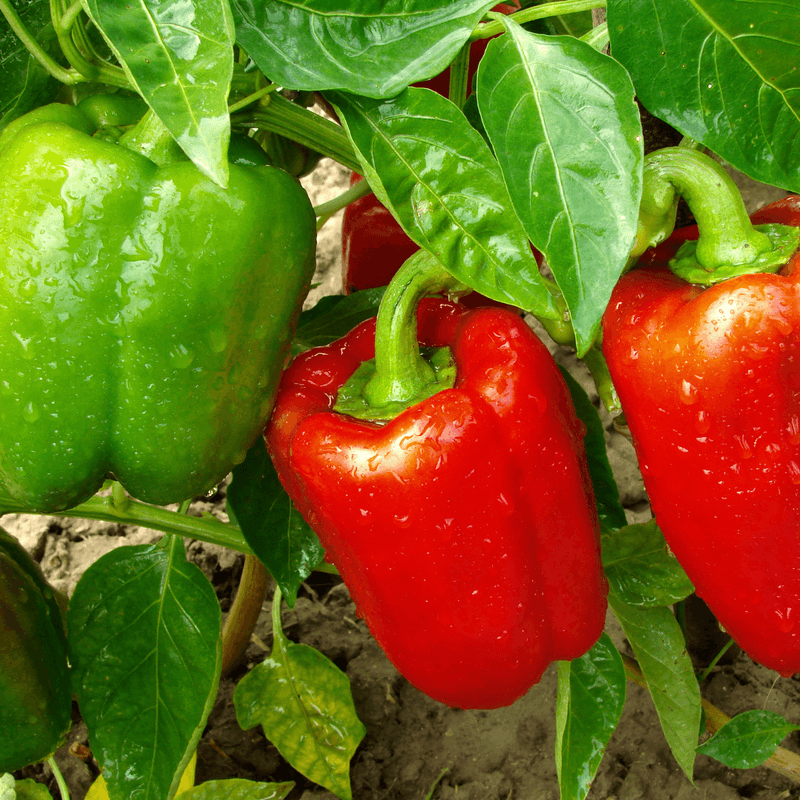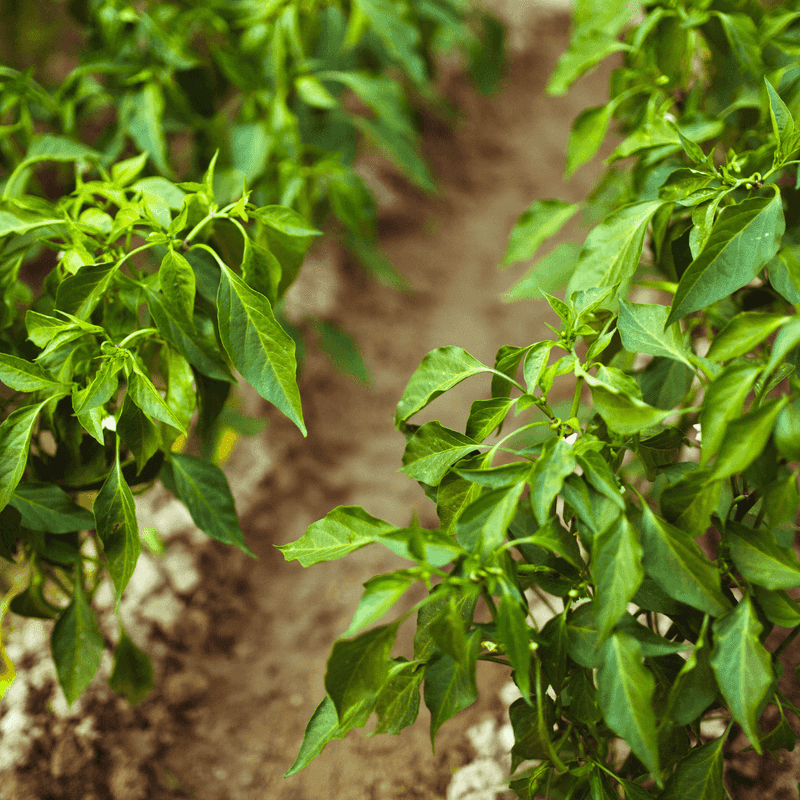Pruning pepper plants is an essential practice for any gardener looking to optimize their harvest. By strategically removing certain parts of the plant, you can promote healthier growth, increase fruit yield, and maintain a manageable plant size.
In the following sections, we’ll explore ten practical tips that will help you prune your pepper plants effectively, ensuring they thrive and produce a bountiful harvest.
Whether you’re a seasoned gardener or a beginner, these tips will guide you in nurturing your pepper plants to their full potential.
1. Start with Healthy Plants
Before you even think about pruning, ensure your pepper plants are healthy and thriving. Healthy plants are more resilient and can recover quickly from pruning. Check for vibrant green leaves and sturdy stems.
Water and nutrients should be balanced to support plant health. Avoid pruning if the plant looks stressed or diseased, as this could worsen its condition. By focusing on healthy plants, you set the stage for successful pruning and an abundant harvest.
Regularly monitor your plants, adjusting care as needed to maintain their vitality throughout the growing season.
2. Use Clean, Sharp Tools
Having the right tools makes a significant difference. Use sharp, clean pruning shears to make precise cuts without damaging the plant. Clean tools prevent the spread of diseases and infections between plants.
After each use, sterilize your tools with rubbing alcohol or bleach solution. This routine ensures your plants remain healthy and vigorous. Investing in quality tools is crucial for effective pruning.
Regularly maintain your shears by sharpening and cleaning them, ensuring they are ready for the next pruning session. This simple yet effective practice can lead to a more fruitful harvest.
3. Identify the Right Time to Prune
Timing is key when it comes to pruning. Prune your pepper plants early in the growing season when they are still young and establishing their structure. Avoid late-season pruning, which can stress the plant and reduce fruit production.
Understanding your plant’s growth cycle helps in choosing the optimal pruning time. Observe the plant’s development and adapt your pruning schedule accordingly. Early pruning sets the foundation for strong growth and abundant fruiting.
By aligning pruning with the plant’s natural growth phases, you ensure a robust and productive pepper plant.
4. Prune for Air Circulation
Air circulation is critical for preventing diseases and promoting healthy growth. Prune leaves and branches that crowd the plant’s center, allowing air to flow freely. A well-ventilated plant reduces humidity, minimizing the risk of fungal infections.
Focus on removing overlapping branches and any leaves close to the soil. This practice enhances air movement and sunlight penetration, fostering a healthier environment.
Regularly assess your plant’s structure and adjust pruning to maintain optimal airflow. Aiming for an open, airy plant helps in achieving a bountiful harvest with healthier peppers.
5. Remove Suckers and Lower Leaves
Suckers are unnecessary growths that divert energy from fruit production. Remove them to channel resources into developing larger, healthier peppers. Target suckers at the base of the plant and along the stems.
Additionally, removing lower leaves prevents soil-borne diseases from splashing onto the foliage. This dual action promotes a clean and productive plant.
Regularly inspect your plants for suckers and lower leaves, integrating their removal into your pruning routine.
By managing these growths, you enhance the plant’s efficiency, leading to a robust and abundant harvest. This approach ensures your plants thrive.
6. Shape Your Pepper Plants
Shaping your pepper plants encourages even growth and a tidy appearance. Aim for a bushy structure by pinching back the main stem’s tips. This encourages side branches to develop, leading to more flowering sites and increased yields.
Regularly check and trim back excessive growth to maintain the desired shape. Balancing the plant’s form supports even nutrient distribution and sunlight access. A well-shaped plant is more likely to produce a bountiful harvest.
Through regular shaping, your pepper plants will not only look better but will also perform optimally, bringing greater gardening satisfaction.
7. Prune to Control Plant Size
Controlling plant size is essential for garden management and maximizing yield. Prune your pepper plants to keep them at a manageable height and width. This prevents overcrowding and ensures each plant receives adequate sunlight and nutrients.
Regular pruning helps maintain a uniform garden appearance. By controlling size, you also reduce the risk of pest infestations and diseases. Assess your plants’ growth regularly and prune as needed to keep them in check.
Managing plant size not only enhances their aesthetic appeal but also boosts productivity and ensures a successful harvest season.
8. Encourage New Growth with Pinching
Pinching is a gentle technique used to encourage new growth. By pinching back the tips of young pepper plants, you stimulate the development of side branches. This increases the number of flowering sites and potential fruit.
Regular pinching promotes a fuller, bushier plant. It’s a simple yet effective way to maximize your plant’s productivity. Incorporate pinching into your routine during the early stages of growth.
Monitor the response and adjust as needed for optimal results. This technique, combined with other pruning practices, can significantly enhance your harvest’s quality and quantity.
9. Focus on Fruit Production
Maximizing fruit production is the ultimate goal. Prune to remove unnecessary branches that don’t contribute to fruiting. This concentrates the plant’s energy on developing larger, tastier peppers.
Regularly assess your plants for non-productive branches. Remove them to focus the plant’s resources efficiently. This practice supports a more abundant and flavorful harvest. Balance is key, as excessive pruning can stress the plant.
Monitor fruit development closely and adjust pruning strategies accordingly. A focused approach ensures your plants channel their energy effectively, resulting in a delightful and generous pepper harvest.
10. Monitor and Adjust Pruning Techniques
Every pepper plant is unique, requiring tailored care. Monitor your plants regularly, adapting pruning techniques to their specific needs. Observe growth patterns, fruit development, and overall plant health.
This proactive approach ensures your pruning methods align with the plant’s requirements. Adjust strategies as necessary to optimize growth and yield. Keep detailed notes on what works best for each plant.
By staying attuned to your plants’ needs, you’ll foster a thriving garden. Tailored pruning enhances plant health and maximizes harvest potential, providing a rewarding gardening experience and abundant produce.
